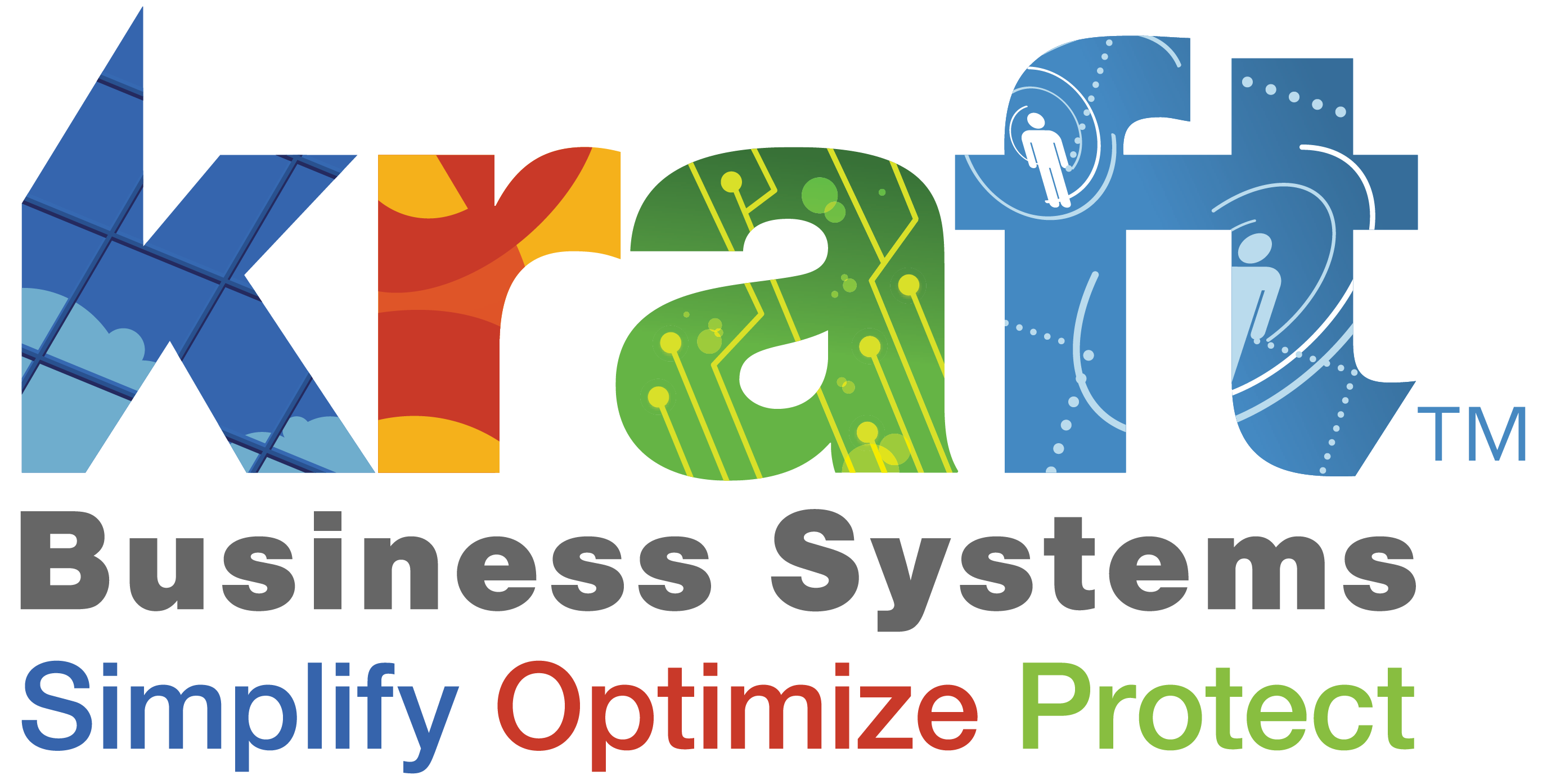Document Management Trends
Document management has always been a critical aspect of business operations, ensuring that information is organized, secure, and accessible. As we approach 2024, the landscape of document management is evolving rapidly due to technological advancements and shifting business needs.
This article explores the key trends and innovations shaping the future of document management, providing insights on how businesses can stay ahead in an increasingly digital world.

Recent Developments in Document Management
Understanding of Document Management Systems
Document management systems (DMS) have undergone significant transformations over the years. From the early days of paper-based filing systems to the digital solutions we use today, the journey has been marked by continuous innovation.
- Historical Perspective: Initially, document management was synonymous with physical storage solutions like filing cabinets and microfiche. As technology progressed, electronic document management systems (EDMS) emerged, allowing for digital storage and retrieval.
- Key Milestones: The advent of cloud computing revolutionized DMS, providing scalable and flexible storage solutions. Other milestones include the integration of artificial intelligence (AI) for document processing and the implementation of advanced security measures to protect sensitive information.
- Role of Technology: Technologies like AI, machine learning, and cloud computing have transformed DMS into sophisticated tools that not only store documents but also automate workflows, ensure compliance, and enhance collaboration.
Recent Developments in Document Management
Top Trends in Document Management for 2024
As we look ahead to 2024, several trends are set to redefine document management. These trends focus on leveraging technology to improve efficiency, security, and accessibility.
Cloud-Based Document Management
Cloud-based document management systems have gained immense popularity due to their numerous advantages.
- Advantages: These systems offer scalability, allowing businesses to expand their storage capacity as needed. They also provide flexibility, enabling employees to access documents from any location, which is essential in today’s remote work environment.
- Scalability and Flexibility: Cloud-based DMS can easily adapt to the changing needs of a business, providing seamless integration with other cloud services and applications.
- Examples: Popular cloud-based document management systems include Google Drive, Microsoft OneDrive, and Dropbox, which offer various features for document storage, sharing, and collaboration.
AI and Automation in Document Management
AI and automation are transforming how businesses handle document management, making processes more efficient and accurate.
- Overview of AI-Powered Systems: AI-powered DMS can automate routine tasks such as data entry, document classification, and workflow management. These systems use machine learning algorithms to analyze documents and extract relevant information.
- Streamlining Document Processing and Workflows: Automation reduces the time and effort required for manual document handling, minimizing errors and improving productivity. For instance, automated workflows can route documents to the appropriate departments for approval, significantly speeding up business processes.
- Benefits of AI and Automation: Implementing AI and automation in document management enhances efficiency, accuracy, and compliance. It also enables businesses to focus on strategic activities rather than mundane administrative tasks.
Enhanced Security and Compliance
With the increasing amount of data being generated, ensuring the security and compliance of document management systems is paramount.
- Importance of Robust Security Measures: Protecting sensitive information from unauthorized access and cyber threats is crucial. Advanced security features such as encryption, access control, and audit trails are essential components of modern DMS.
- Ensuring Compliance with Regulations: Compliance with data protection regulations like the General Data Protection Regulation (GDPR) is a top priority for businesses. DMS must include features that facilitate compliance, such as automated data retention policies and audit logs.
- Strategies for Safeguarding Sensitive Information: Implementing multi-factor authentication, regular security audits, and employee training programs can help businesses maintain a secure document management environment and prevent data breaches.
Integration and Interoperability
Integration and interoperability are critical for maximizing the efficiency of document management systems.
- Importance of Integration: Integrating DMS with other enterprise systems, such as customer relationship management (CRM) and enterprise resource planning (ERP) systems, enhances data consistency and reduces redundancy.
- Benefits of Seamless Interoperability: Seamless interoperability allows for the smooth flow of information between different systems, improving overall business operations. It also enables better collaboration and decision-making by providing a unified view of documents and data.
Recent Developments in Document Management
The Rise of Mobile Document Management Solutions
The proliferation of mobile devices has led to the development of mobile-friendly document management solutions, enabling users to manage documents on the go.

- Increasing Use of Mobile Devices: With the rise of remote work and the need for flexibility, mobile document management solutions have become essential. Employees can access, edit, and share documents from their smartphones or tablets, ensuring continuous productivity.
- Features of Mobile-Friendly Systems: Mobile document management solutions offer features such as offline access, real-time synchronization, and secure document sharing. They are designed to provide a seamless user experience across different devices.
- Benefits of Accessing and Managing Documents on the Go: Mobile solutions allow employees to stay connected and productive, regardless of their location. They also enhance collaboration by enabling real-time document sharing and communication.
By understanding and embracing these trends, businesses can stay ahead of the curve and ensure that their document management practices are aligned with the latest technological advancements and industry standards. The next part of this article will delve deeper into advanced technologies, records and information management trends, and the future of document management.
Recent Developments in Document Management
Advanced Document Management Technologies
As we move further into 2024, advanced technologies are set to revolutionize the document management landscape, bringing more efficiency and innovation to the forefront.
AI Algorithms and Document Analysis
- AI Algorithms: Artificial intelligence algorithms are becoming increasingly sophisticated, enabling systems to analyze and categorize documents with unprecedented accuracy. These algorithms can identify patterns, extract key information, and automate complex processes.
- Impact on Document Management: AI-driven document analysis reduces the need for manual data entry and classification, allowing employees to focus on higher-value tasks. For example, AI can automatically sort emails, invoices, and contracts, streamlining document workflows.
- Future Possibilities: Future advancements might include AI-powered predictive analytics, which can forecast document trends and usage patterns, helping businesses make data-driven decisions.
Blockchain for Document Security
- Blockchain Technology: Blockchain provides a decentralized and tamper-proof method for verifying document authenticity and tracking changes. Each document transaction is recorded in a secure ledger, ensuring transparency and immutability.
- Applications in Document Management: Blockchain can be used for secure document sharing, verifying signatures, and maintaining audit trails. This technology is particularly useful for industries that require high levels of security and compliance, such as finance and healthcare.
- Benefits: The use of blockchain enhances trust and security, reduces the risk of fraud, and ensures the integrity of documents throughout their lifecycle.
Recent Developments in Document Management
Trends in Records and Information Management
Records and information management is evolving to address the growing complexity and volume of data. Key trends in this area are reshaping how organizations handle their information assets.
Shifts in Records Management Practices
- Digital Transformation: Traditional records management practices are giving way to digital-first approaches, where electronic records are prioritized over physical ones. This shift is driven by the need for greater efficiency and accessibility.
- Automation and AI: Automation tools and AI are being integrated into records management to streamline processes like record classification, retention, and disposal. These technologies help organizations manage large volumes of records more effectively.
- Information Governance: Strong information governance frameworks are essential for ensuring that records are managed in compliance with regulatory requirements and organizational policies. This includes establishing clear guidelines for data retention, access control, and auditability.
Innovations in Records and Information Management
- Smart Records Management Systems: These systems leverage AI and machine learning to automatically classify and tag records, making it easier to retrieve and manage information.
- Enhanced Search Capabilities: Advanced search functionalities, powered by AI, enable users to quickly locate specific records using natural language queries and contextual search.
- Integration with Other Systems: Integrating records management systems with other enterprise applications, such as ERP and CRM, ensures a seamless flow of information across the organization.
Recent Developments in Document Management
The Role of Workflow and Process Automation
Workflow and process automation are central to modern document management, driving efficiency and reducing manual intervention.

Workflow Automation
- Streamlining Processes: Workflow automation tools enable organizations to automate routine tasks, such as document routing, approvals, and notifications. This reduces the time and effort required for manual handling and minimizes errors.
- Benefits: Automated workflows improve process efficiency, ensure consistency, and enhance compliance by enforcing predefined rules and standards. For example, an automated approval workflow can ensure that all necessary reviews are completed before a document is finalized.
- Case Studies: Examples of companies that have successfully implemented workflow automation to improve document management processes and achieve significant time savings.
Process Automation
- Document Processing: Process automation technologies, such as robotic process automation (RPA), can handle repetitive tasks like data extraction, form filling, and document validation. This accelerates document processing and reduces the risk of human error.
- Integration with AI: Combining process automation with AI further enhances capabilities, enabling more complex tasks to be automated. For instance, AI-powered RPA can analyze documents, extract relevant data, and initiate subsequent actions based on predefined rules.
- Case Studies: Examples of organizations using process automation to enhance document processing and achieve operational efficiencies.
Recent Developments in Document Management
Data Privacy and Regulatory Compliance
Data privacy and regulatory compliance are critical considerations in document management, especially with increasing data breaches and stringent regulations.
Addressing Data Privacy Concerns
- Protecting Sensitive Information: Implementing robust security measures, such as encryption, access controls, and data masking, is essential to protect sensitive information from unauthorized access and breaches.
- Employee Training: Regular training programs for employees on data privacy best practices and compliance requirements can help mitigate risks and ensure that everyone understands their responsibilities.
- Incident Response: Having a well-defined incident response plan in place enables organizations to quickly address data breaches and minimize their impact.
Ensuring Compliance with Evolving Regulations
- GDPR and Other Regulations: Compliance with regulations like the General Data Protection Regulation (GDPR) requires organizations to implement specific measures for data protection, such as data minimization, consent management, and data subject rights.
- Automated Compliance Tools: Automated compliance tools can help organizations monitor and enforce compliance with regulatory requirements. These tools can generate audit trails, track data access, and ensure that data retention policies are adhered to.
- Impact on Document Management Practices: Regulatory compliance affects various aspects of document management, including data retention, access control, and auditability. Organizations must stay updated with evolving regulations to ensure ongoing compliance.
Recent Developments in Document Management
The Future of Document Management
The future of document management is shaped by emerging technologies and evolving business needs. Organizations must stay ahead of these trends to remain competitive and efficient.

Predictions for the Future Landscape
- AI and Machine Learning: AI and machine learning will continue to advance, enabling more sophisticated document analysis, categorization, and automation. These technologies will drive further efficiency and accuracy in document management.
- Blockchain and Security: The adoption of blockchain technology will increase, providing enhanced security and transparency for document transactions. This will be particularly important for industries that require high levels of trust and compliance.
- Cloud-Based Solutions: Cloud-based document management solutions will remain popular, offering scalability, flexibility, and remote access. The integration of AI and blockchain with cloud-based DMS will create powerful, secure, and efficient systems.
Emerging Trends and Innovations
- Mobile-First Approaches: As mobile device usage continues to rise, document management solutions will prioritize mobile-first designs, ensuring seamless access and management of documents on the go.
- Collaborative Tools: Enhanced collaboration features, such as real-time document editing and commenting, will improve teamwork and productivity. These tools will be integrated with DMS to provide a unified platform for document collaboration.
- Personalized Document Management: AI-driven personalization will tailor document management experiences to individual users, offering customized workflows, recommendations, and search results based on user preferences and behavior.
What People May Also Ask
What are the key trends in document management for 2024?
The key trends include cloud-based solutions, AI and automation, enhanced security and compliance, integration and interoperability, and mobile document management.
How does AI impact document management systems?
AI improves document management by automating data entry, classification, and workflow processes, enhancing efficiency and accuracy.
What are the benefits of cloud-based document management systems?
Benefits include scalability, flexibility, remote access, and seamless integration with other cloud services and applications.
How can businesses ensure compliance with data privacy regulations?
Businesses can ensure compliance by implementing robust security measures, regular employee training, and automated compliance tools to monitor and enforce regulatory requirements.
What is the importance of workflow automation in document management?
Workflow automation streamlines processes, reduces manual intervention, ensures consistency, and enhances compliance by enforcing predefined rules and standards.
Recent Developments in Document Management
Conclusion
Thedocument management landscape is undergoing significant transformations driven by technological advancements and evolving business needs. By understanding and embracing trends such as AI, cloud-based solutions, enhanced security, and workflow automation, businesses can stay ahead of the curve and ensure that their document management practices are efficient, secure, and compliant.
As we move into 2024, staying informed about these trends will be crucial for organizations aiming to optimize their document management strategies and achieve greater operational efficiency.






